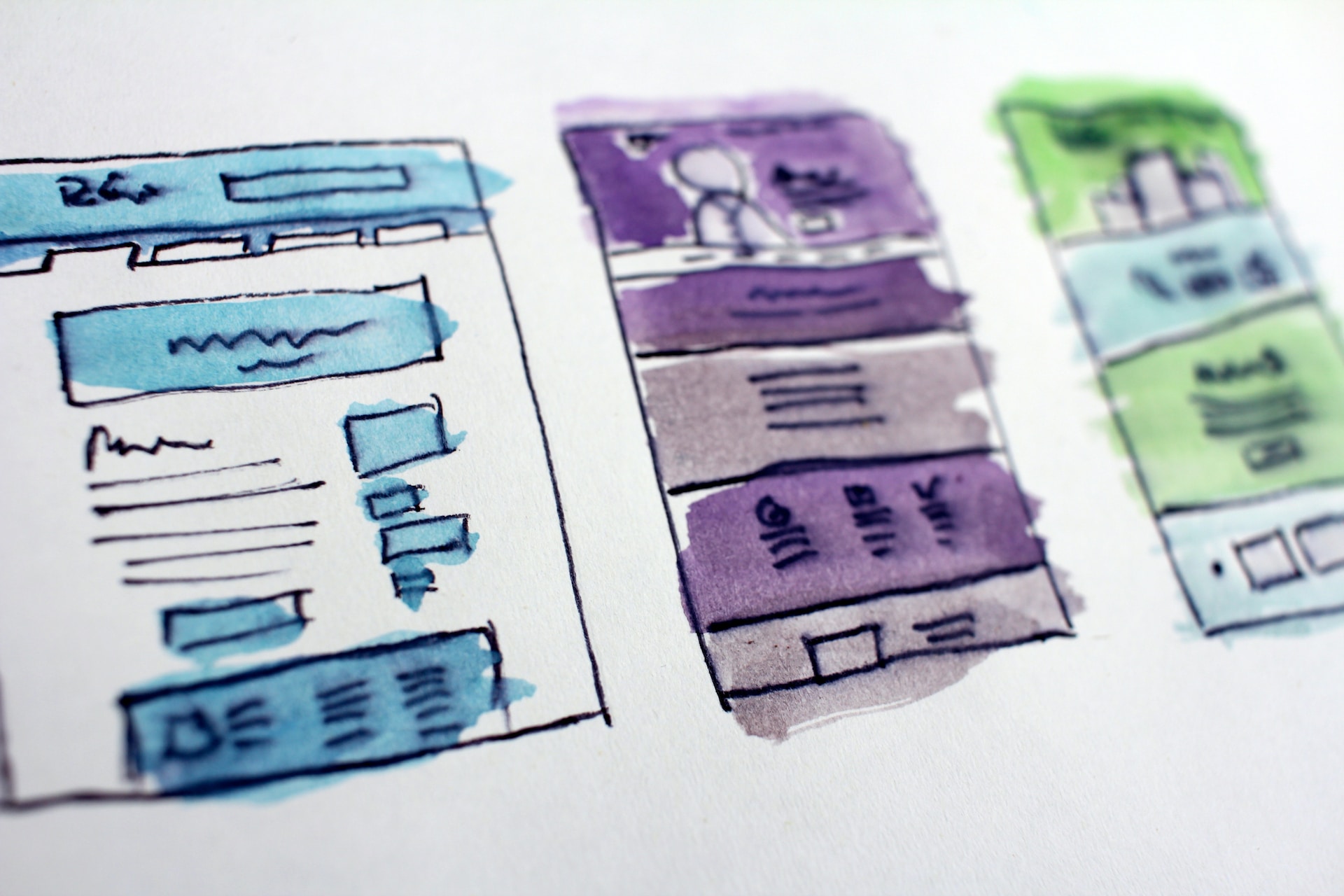Table of Contents
- 1. Define Clear Objectives and Priorities
- 2. Conduct Thorough Research
- 3. Embrace User-Centered Design
- 4. Collaborate Across Teams
- 5. Prioritize Features for Maximum Impact
- 6. Invest in Design Systems
- 7. Iterate and Test Early
- 8. Consider Your Options and Open Source Solutions
- 9. Optimize for Mobile Experiences and Accessibility
- 10. Embrace Minimalism and Focus
- 11. Outsource Strategically
- 12. Continuously Gather Feedback
- Conclusion
In the rapidly evolving world of software development, design plays a pivotal role in creating user-friendly and visually appealing products. However, the challenge often lies in striking a balance between innovative design and budget constraints. This article delves into strategies that can help you maximize the value of your design budget within the realm of software development.
1. Define Clear Objectives and Priorities
Before embarking on any design project, it’s crucial to define clear objectives and priorities. What are the primary goals of your software? Who is your target audience? What features are most essential? Having a well-defined scope will prevent scope creep and unnecessary design iterations that can strain your budget.
2. Conduct Thorough Research
Effective design stems from a deep understanding of your users, market trends, and competitors. Conduct thorough user research to identify pain points, preferences, and behaviors. This will enable you to tailor your design decisions to user needs, ensuring that every design element adds value.
3. Embrace User-Centered Design
User-centered design (UCD) focuses on designing products that cater to users’ needs and preferences. By involving users in the design process through interviews, surveys, and usability testing, you can make informed design choices that resonate with your target audience. UCD reduces the risk of costly redesigns and enhances user satisfaction, thus increasing the overall value of your software.
4. Collaborate Across Teams
Effective collaboration between design and development teams is vital for maximizing the value of your design budget. Regular communication ensures that design decisions align with technical feasibility, reducing the likelihood of costly redesigns due to implementation challenges. Foster a culture of open communication to address issues promptly and streamline the development process.
5. Prioritize Features for Maximum Impact
Not all features are created equal. Use a prioritization framework, such as the MoSCoW method (Must have, Should have, Could have, Won’t have), to determine which features are essential for your software’s core functionality. Focus on must-have and should-have features first, allocating your budget where it will have the most impact.
6. Invest in Design Systems
Design systems provide a consistent set of design elements, patterns, and guidelines that can be reused across different projects. By investing in a well-structured design system, you streamline the design process, reduce redundancies, and ensure a cohesive user experience. This efficiency translates to both cost savings and faster development cycles.
7. Iterate and Test Early
Early design iterations and testing can identify potential issues and allow for course corrections before major development work begins. Prototyping and user testing in the initial stages of a project help you catch design flaws, usability issues, and misunderstandings, reducing the need for extensive redesigns later on.
8. Consider Your Options and Open Source Solutions
Design tools can significantly impact your design budget. Tools like Figma, Sketch, and Inkscape provide powerful design capabilities without the hefty price tag of other tool options. Additionally, open source design frameworks like Material UI and Bootstrap can expedite the development process by providing pre-designed components that adhere to best practices.
9. Optimize for Mobile Experiences and Accessibility
In today’s mobile-centric world, optimizing your software for mobile devices is essential. By designing for responsive layouts and mobile-first experiences, you ensure that your software reaches a broader audience. Furthermore, integrating accessibility features ensures that your product is usable by individuals with disabilities, enhancing its overall value and inclusivity.
10. Embrace Minimalism and Focus
In design, less is often more. Embrace minimalism by focusing on essential design elements that convey the necessary information without overwhelming users. A clutter-free interface enhances usability and user satisfaction, reducing the risk of costly design revisions due to confusion or dissatisfaction.
11. Outsource Strategically
While it’s essential to have an in-house design team, outsourcing certain design tasks can be a cost-effective strategy. Consider outsourcing tasks like UI/UX design for specific features, graphic design, or user testing. By leveraging external expertise, you can stretch your design budget further while maintaining high-quality output.
12. Continuously Gather Feedback
Feedback loops are invaluable in design and development. Regularly gather feedback from stakeholders, users, and your development team throughout the project lifecycle. This iterative approach allows you to address concerns, refine design elements, and make informed adjustments, ultimately leading to a more refined product that maximizes value.
Conclusion
In the dynamic landscape of software development, maximizing the value of your design budget requires a strategic approach that balances innovation, user-centricity, and cost-effectiveness. By setting clear objectives, conducting thorough research, collaborating effectively, and making informed design choices, you can create software that not only meets user needs but also aligns with your budgetary constraints. Remember, value isn’t solely about flashy features; it’s about delivering a seamless user experience that resonates with your audience while making the most of your design resources.




